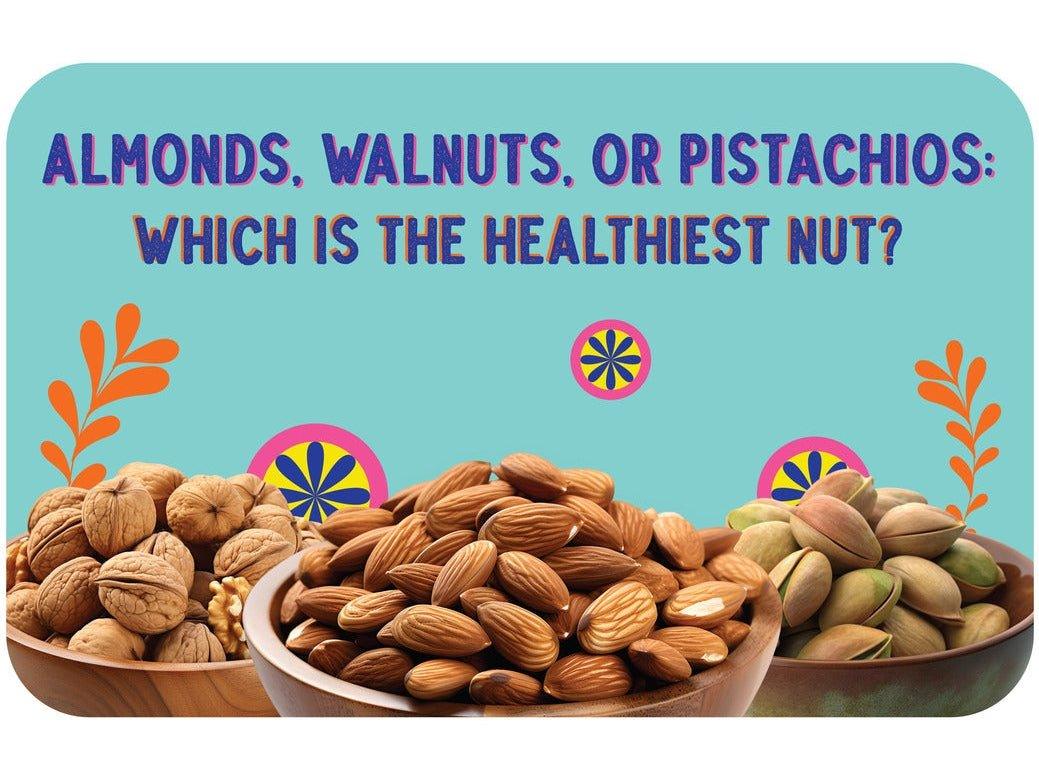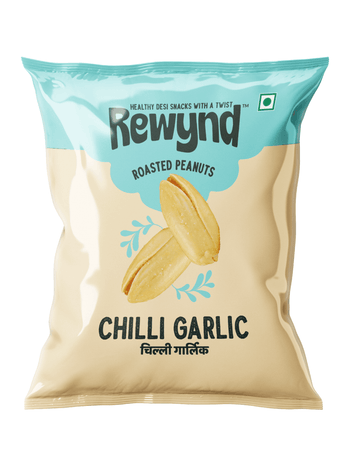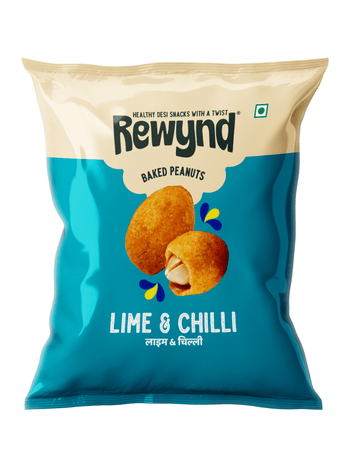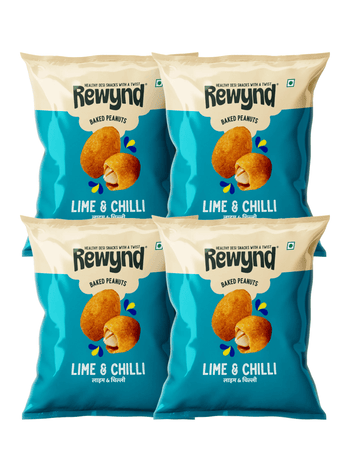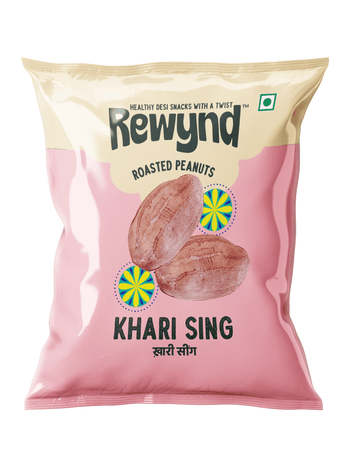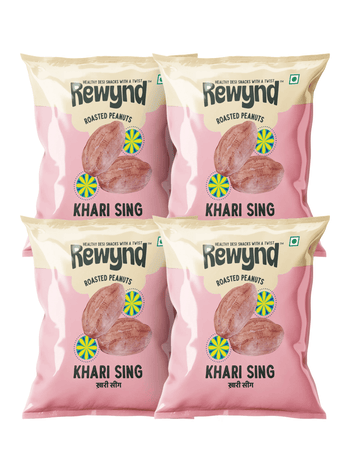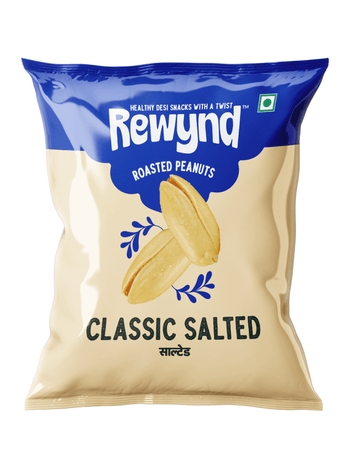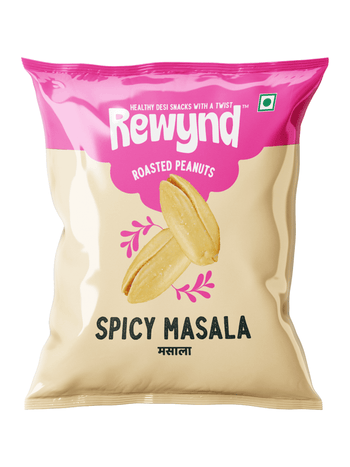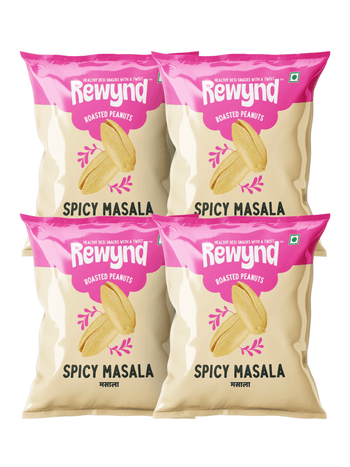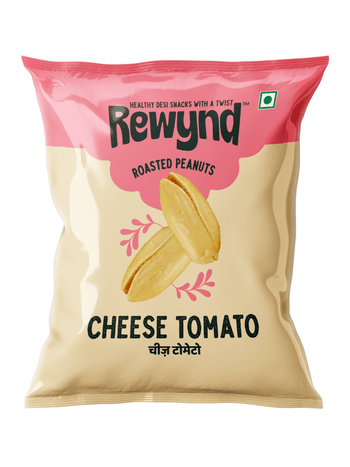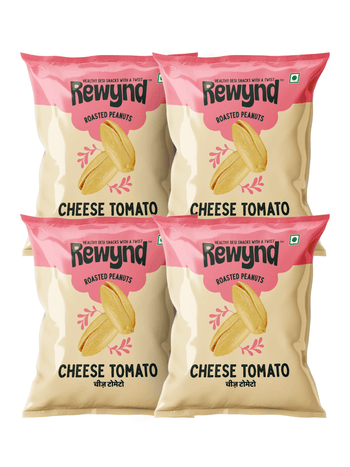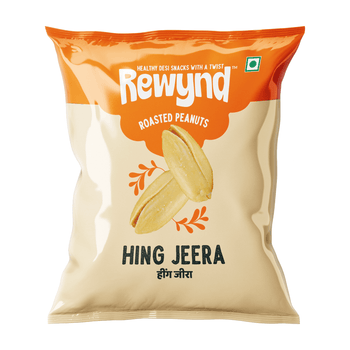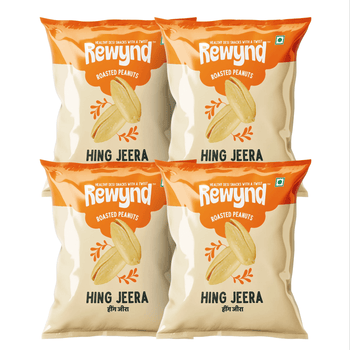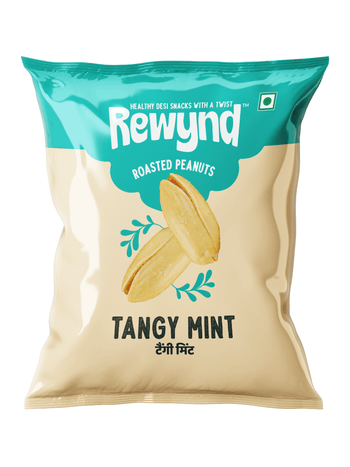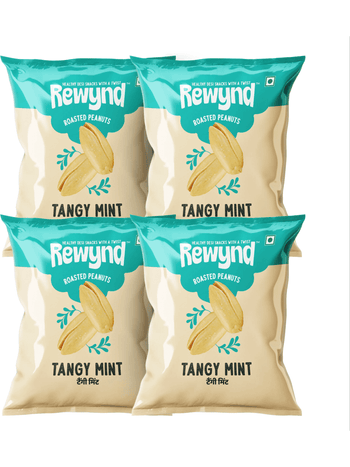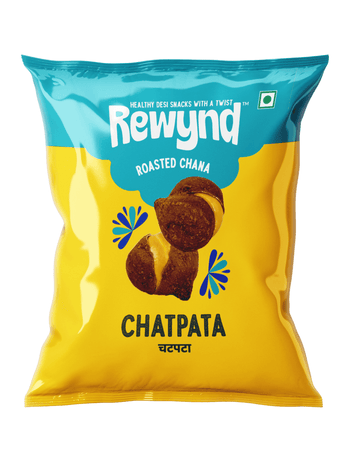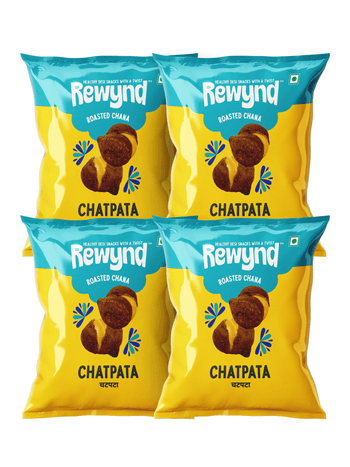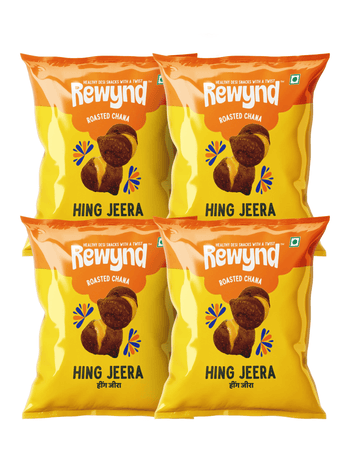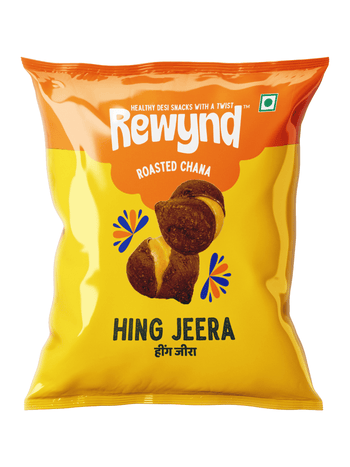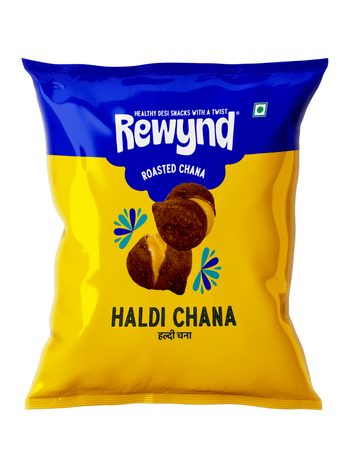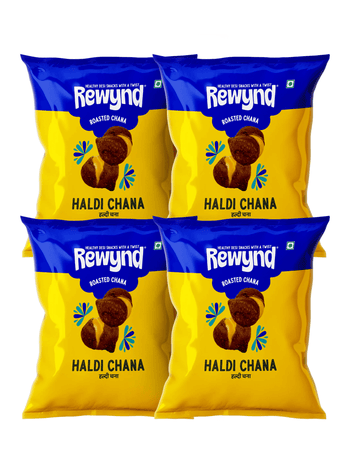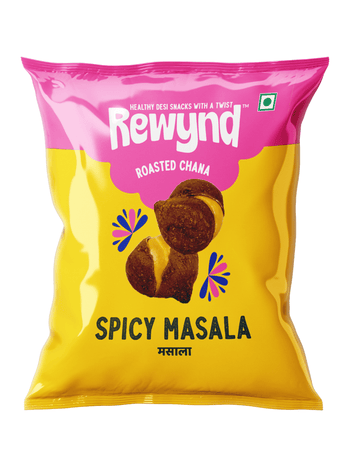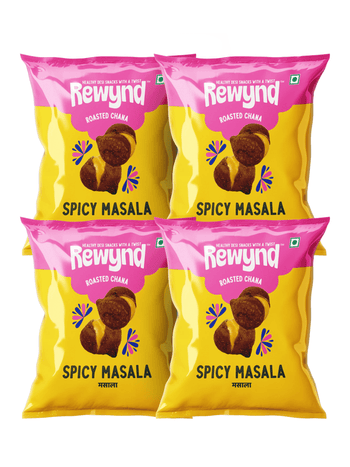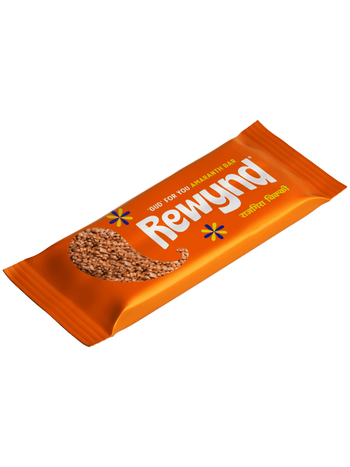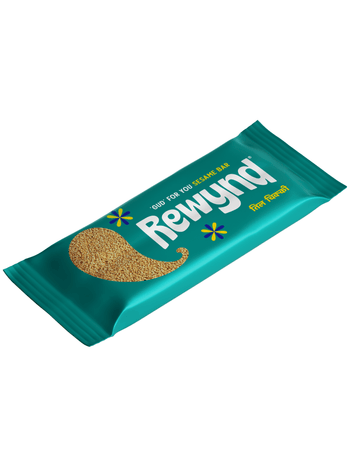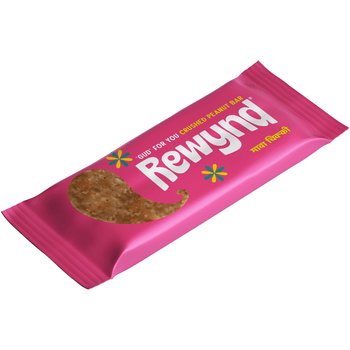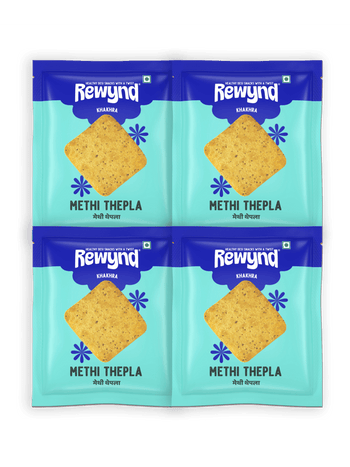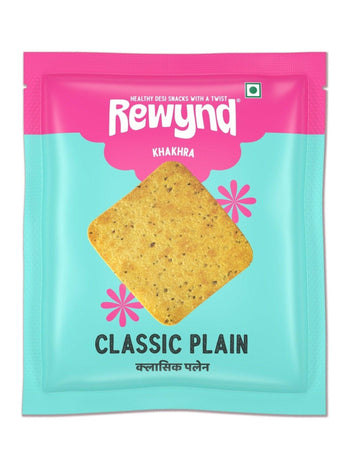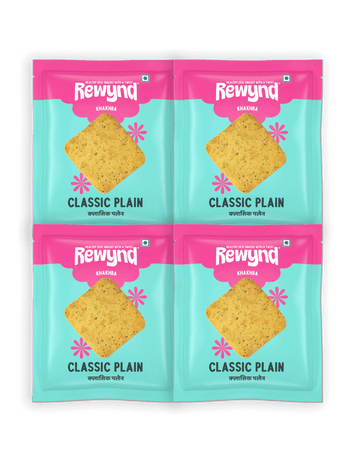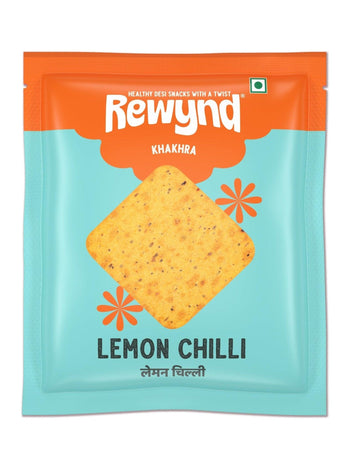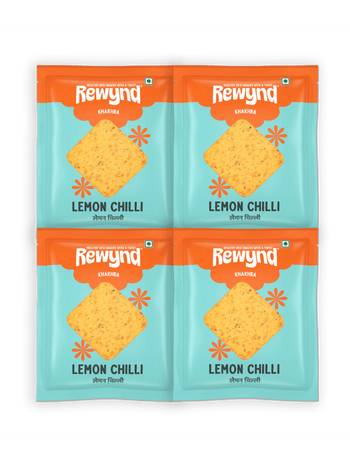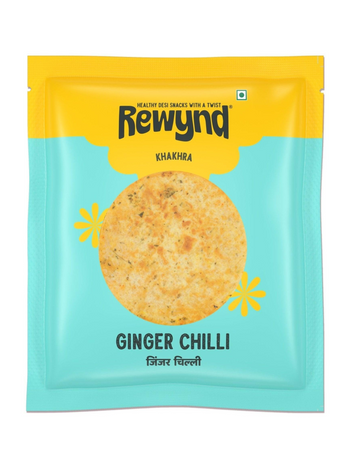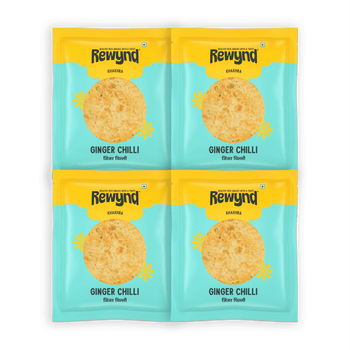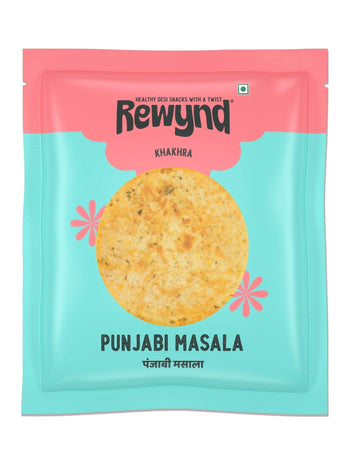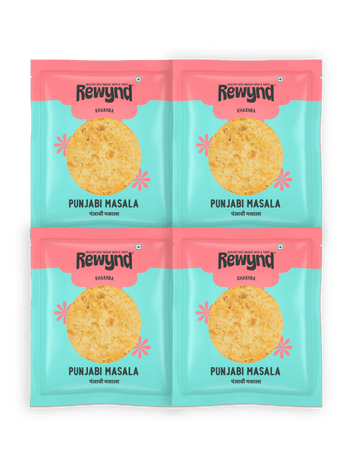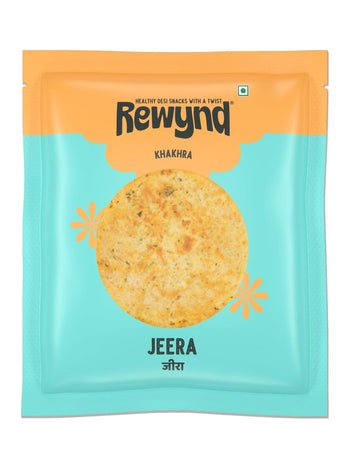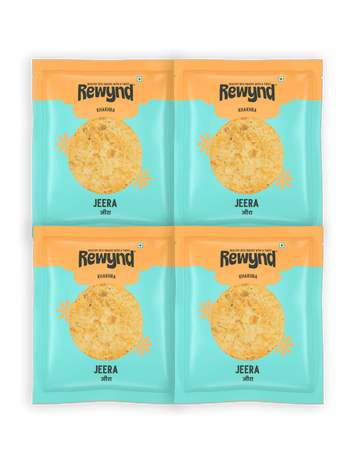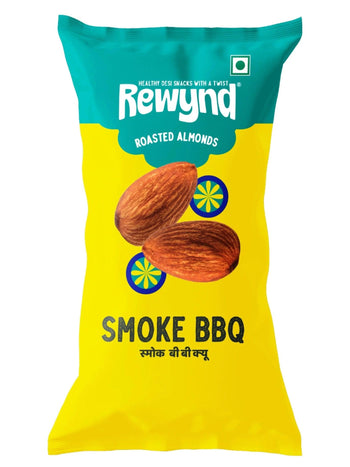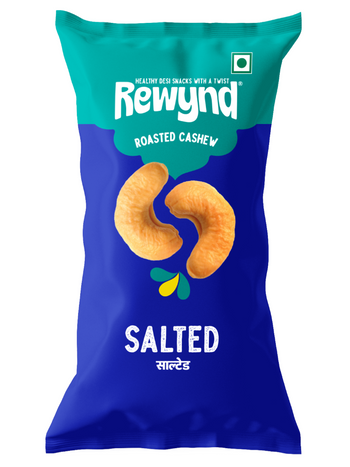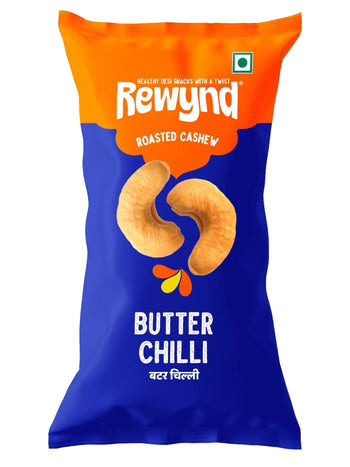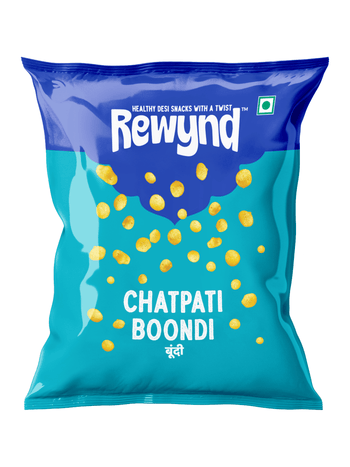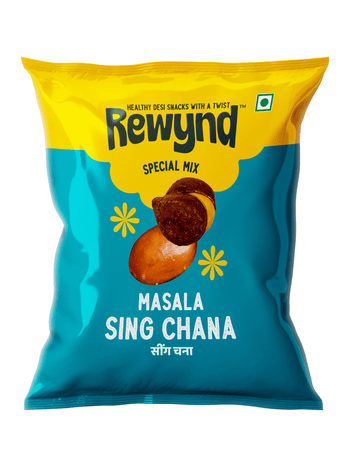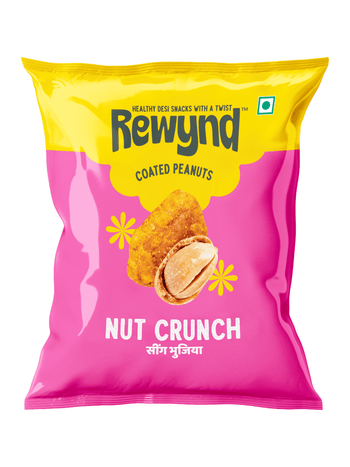
Each of these nuts is a contender in the health arena, packed with proteins, essential fats, and fibres that play pivotal roles in everything from heart health to brain function. Yet, they differ subtly in nutritional content and health benefits, making the choice less about suitable versus harmful and more about which nut best matches your health goals and palate. Let's investigate the details, compare these nutritional powerhouses, and discover which nut might fit your snack time perfectly. Whether you're looking to boost your brain power, enhance heart health, or simply enjoy a tasty treat, understanding the unique qualities of almonds, walnuts, and pistachios will help you make an informed and delicious choice.
Nutritional Comparison of Almonds, Walnuts & Pistachios
Each of these nuts brings its own unique set of nutrients to the table:

- Almonds: A favourite for many, almonds are rich in vitamin E, magnesium, and protein. They are also high in fibre, which helps digestion and prolonged satiety, making them an excellent snack for weight management.

- Walnuts: These are distinguished by their high omega-3 fatty acid content. Walnuts are excellent for brain health and reducing inflammation. They also contain a good amount of antioxidants, which combat oxidative stress.

- Pistachios: Compared to other nuts, pistachios are lower in calories but high in protein. They are also a good source of B vitamins and potassium. Their high fibre content is also notable, making them another excellent choice for digestive health.
Health Benefits of Almonds, Walnuts & Pistachios
The health benefits of these nuts are impressive and varied:
- Almonds: Regular consumption can help lower harmful cholesterol levels and reduce the risk of heart disease. The skin of almonds is particularly rich in antioxidants.
- Walnuts: Due to their high omega-3 content, walnuts benefit heart health and improve brain function. They may also help in managing type 2 diabetes by enhancing metabolic parameters.
- Pistachios: These nuts are known for their role in eye health thanks to their high lutein and zeaxanthin content. They also help stabilise blood sugar levels and boost the immune system.
Potential Drawbacks
While nuts are nutritious, they also come with potential drawbacks:
- Calories: All nuts are calorie-dense, which means too much can lead to weight gain if not balanced with other dietary needs.
- Allergies: Nut allergies are common, and symptoms can be severe. Before including them in your diet, you must know about nut allergies.
- Variety and Flavoring: While Rewynd offers flavoured nuts, we ensure they are health-conscious choices. Our flavoured variants are carefully crafted to enhance taste without compromising nutritional value, using minimal and healthier ingredients compared to typical store-bought options.
Culinary Uses and Recipes
Nuts are incredibly versatile in the kitchen. Here are some quick, delicious, and healthy recipes to try:

- Almond Joy Smoothie: For a delightful treat, blend a handful of almonds with coconut milk, a frozen banana, and a touch of honey.
Ingredients:
- 1 banana, frozen
- 1 cup unsweetened almond milk
- 2 tablespoons almond butter
- 1 tablespoon unsweetened cocoa powder
- 2 Medjool dates, pitted (for natural sweetness)
- 1/4 cup shredded coconut, unsweetened
- 1/4 teaspoon vanilla extract
- Ice cubes (adjust based on desired thickness)
- Optional: a scoop of chocolate or vanilla protein powder for an extra protein boost.
Instructions:
- Prepare Ingredients: If your banana isn’t frozen, you can freeze it ahead of time or just use it fresh but add more ice to achieve a thicker texture.
- Blend the Base: In a blender, combine the frozen banana, almond milk, almond butter, cocoa powder, dates, and vanilla extract. Blend on high until smooth.
- Adjust Consistency: Add ice cubes to the blender, starting with a few and adding more as needed, to reach the smoothie's desired thickness and coldness.
- Add Coconut: Add the shredded coconut to the blender and pulse a few times to mix it through the smoothie without completely blending it in, which provides a nice texture.
- Serve: Pour the smoothie into a glass. If desired, sprinkle a little extra shredded coconut on top for garnish.
- Enjoy: Your Almond Joy Smoothie is ready to be enjoyed! This smoothie combines rich almond, chocolate, and coconut flavours for a refreshing and satisfying treat.
This recipe is perfect for a nutritious breakfast, a post-workout snack, or a sweet yet healthy dessert alternative.

- Walnut Pesto Pasta: Combine walnuts with fresh basil, garlic, parmesan cheese, and olive oil for a heart-healthy pesto sauce with whole wheat pasta.
Ingredients:
- 200 grams of your favourite pasta (such as spaghetti, fettuccine, or penne)
- 1/2 cup walnuts, toasted
- 2 cups fresh basil leaves
- 2 cloves garlic, peeled
- 1/2 cup grated Parmesan cheese
- 1/2 cup extra-virgin olive oil
- Salt and pepper to taste
- Optional: Lemon zest or juice for a tangy twist
Prepare the Pasta:
- Bring a large pot of salted water to a boil.
- Add the pasta and cook according to the package directions until al dente.
- Save about 1/2 cup of the cooking water and drain the pasta.
Make the Walnut Pesto:
- Combine the toasted walnuts, basil leaves, and garlic in a blender or food processor.
- Pulse a few times to chop everything up.
- Add the grated Parmesan cheese, and slowly drizzle in the olive oil with the processor running until the mixture forms a smooth paste.
- Season with salt and pepper to taste. If using, add a squeeze of lemon juice for some acidity.
Combine Pasta and Pesto:
- Mix the cooked pasta with the walnut pesto in the same pot you used for the pasta, over low heat.
- Add reserved pasta water to loosen the sauce if it seems too thick.
- Toss everything together until the pasta is evenly coated with pesto.
Serve:
- Plate the pasta and sprinkle a final Parmesan cheese over the top.
- Garnish with a few walnut pieces or a small basil leaf if desired.
This quick and tasty Walnut Pesto Pasta dish offers a delightful twist on traditional pesto. Walnuts provide a nutty depth that complements the fresh basil beautifully. It's perfect for a satisfying, single-serving meal!
Conclusion
Choosing between almonds, walnuts, and pistachios is challenging, as each nut has unique advantages and flavours. Your choice might depend on your health goals, dietary restrictions, or personal taste. Whichever you choose, incorporating these nuts into your diet is a step towards a healthier, tastier snacking habit.
Understanding these nuts' health benefits and versatile uses allows you to make informed choices that align with your wellness goals. So, next time you reach for a snack, remember that a handful of nuts can be both a delight and a health boost.
